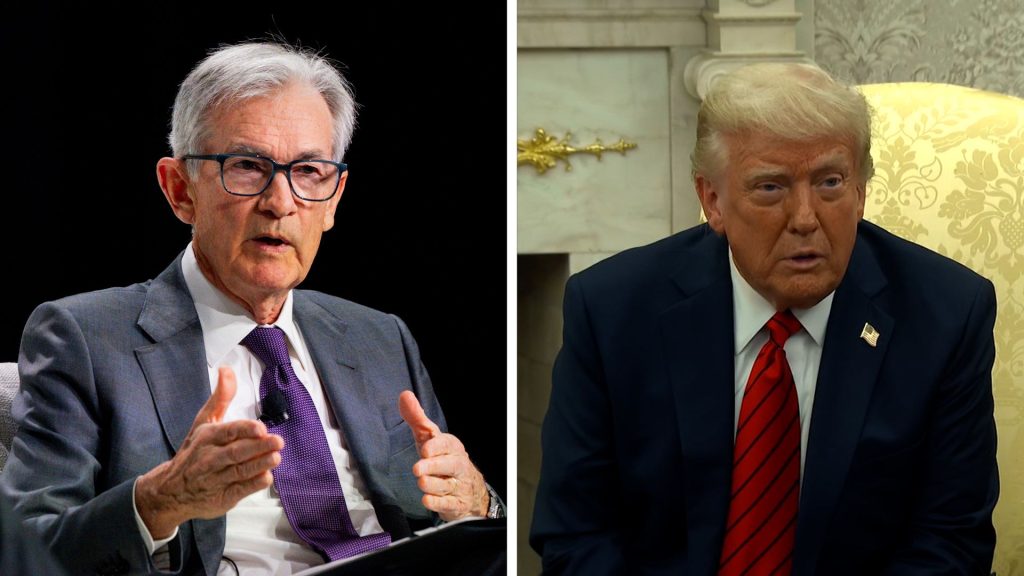U.S. Job Growth Cools Sharply in July, Signs of Labor Market Weakness Emerge
Fed Chair Jerome Powell recently described the labor market as being in balance, noting that both supply and demand for workers are easing.

Quick overview
- The U.S. labor market added only 73,000 jobs in July, significantly below the forecast of 176,000.
- June's job figures were revised down by 14,000, and the unemployment rate increased to 4.2%.
- The report indicates a slowdown in hiring, coinciding with the Federal Reserve's decision to maintain interest rates.
- Factors such as new tariffs and strict immigration policies are contributing to labor market challenges.
The U.S. labor market cooled more than expected in July, with only 73,000 jobs added—well below the 176,000 forecast—highlighting a marked slowdown in hiring.

Adding to the downbeat tone, June’s figures were revised downward by 14,000, and the unemployment rate edged up to 4.2% from 4.1% in June.
The report, released Friday by the Bureau of Labor Statistics, reflects a significant loss of momentum in the labor market. It came just two days after the Federal Reserve kept interest rates steady at 4.25%–4.50%, reinforcing the sense of caution among policymakers.
Fed Chair Jerome Powell recently described the labor market as being in “balance,” noting that both supply and demand for workers are easing in tandem—but warned that this dynamic carries downside risks.
Hiring has also slowed amid uncertainty over the final structure of the sweeping tariffs imposed by President Donald Trump. On Thursday, just ahead of his self-imposed deadline, Trump announced steep new tariffs on dozens of trade partners.
Further compounding labor market strain are the White House’s tough immigration policies, which have tightened the supply of available workers and accelerated the retirement wave among baby boomers.
With lower immigration inflows, economists now estimate the U.S. economy only needs to create around 100,000 jobs per month—or even fewer—to keep pace with the working-age population. July’s figure fell well short of that threshold, raising concerns about the health of the post-pandemic labor recovery.
- Check out our free forex signals
- Follow the top economic events on FX Leaders economic calendar
- Trade better, discover more Forex Trading Strategies
- Open a FREE Trading Account